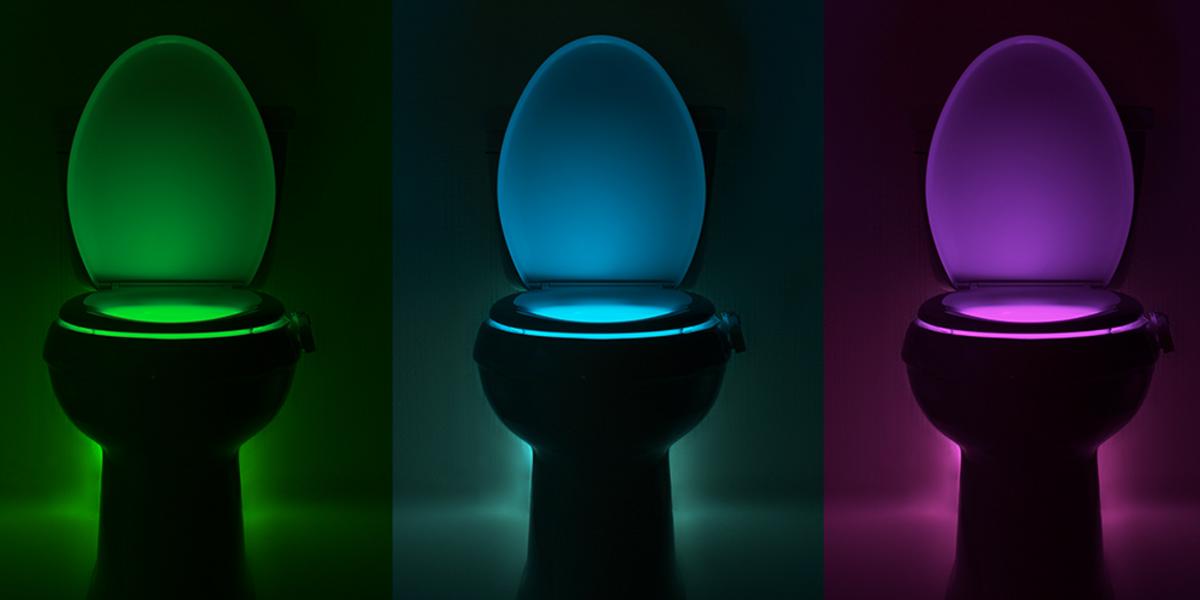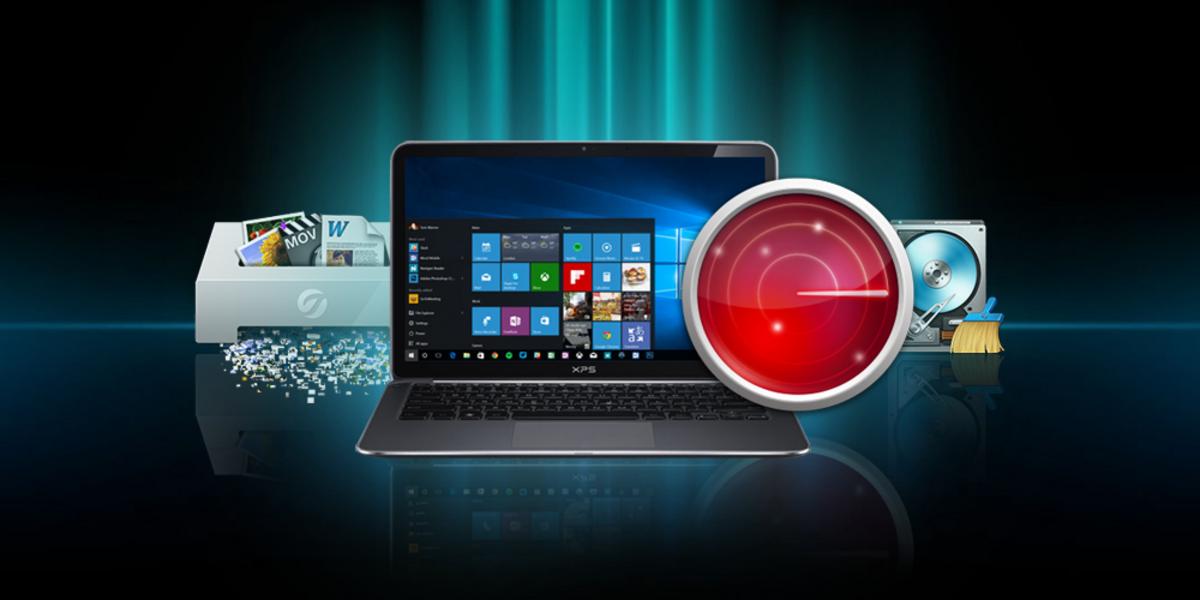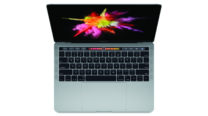The LG V20 is a very late entrant into this year's Android phone boxing match, but for exactly that reason it's arriving to the fight fresh and with a whole set of new tricks up its sleeve. Is this — very quietly, now — the best Android phone of 2016?
What Is It?
The $1099 LG V20 is a big-screen Android smartphone that ticks all of the traditional Android fanboy check boxes. Its 5.7-inch 2560x1440pixel LCD display is big, but there's a tiny secondary always-on 1040x160pixel display further up that shows all your notifications. It has a removable battery — very rare these days, but increasingly obviously valuable in the context of Samsung's Galaxy Note7 woes. It has the G5's funky dual camera, with a wide-angle and a super-wide-angle lens each with its own sensor.
The V20, like LG's other 2016 smartphones, follows the same design language that we first saw on the V10 and then on the G5. The front of the phone is nearly featureless, with a tiny chin — it could not be more different to the Google Pixel — and an equally tiny top bezel, with the V20's forward-facing 5-megapixel camera offset to accommodate that always-on secondary display. Around the back, it's much the same story — apart from the dual cameras, one 29mm-equivalent 16-megapixel sensor and one 12mm-equivalent 8-megapixel one, there's a rear-mounted circular power button that also functions as a fingerprint reader, and that's about it.
The V20 is yet another late-2016 Android phone to use Qualcomm's latest and most powerful Snapdragon 820 quad-core processor, with two 2.15GHz power cores and two 1.6GHz efficiency cores, all of which can work on different tasks simultaneously. In Australia, the V20 you can buy only comes in the highest capacity model with 64GB of storage with 4GB of RAM. It also has a microSD card slot for expandable memory, and it also has that removable and user-replaceable battery.
And, like the Google Pixel, it's one of the first phones sold in Australia with Android 7.0 Nougat running on it straight out of the box. Nougat is a significant update to Android and adds a whole bunch of useful features while making the whole operating system sleeker and more streamlined and efficient, giving theoretical boosts to battery life and lowering your wait times for apps to launch. I will say that like other Nougat phones I've tried, the V20 seems to take a long time to boot — that's the tiny trade-off you make for the speed and efficiency you get when it's switched on.
What's It Good At?
The V20 is, like the LG G5, an absolutely feature-packed phone in any way that you look at it. It has two screens and three cameras. It has expandable storage and a removable battery. It's a phone nerd's dream. And while some of these features have questionable utility — more on that still-imperfect camera later — some are absolutely invaluable once you've used them for a while. It does require a bit of an Android nerd's investigative, inquisitive mindset to make full use of these features, but the fact that they're on offer in the first place is worth applauding. The V20 appeals to the Android phone buyer that wants Samsung's Note phones to return to removable batteries.
If I had to point out my absolute favourite feature of the V20, it would be its tiny secondary screen — almost invisible until you remember that it's there. For precisely the same reason that Android handles a stream of incoming notifications so well in its persistent notifications bar, the LG V20's always-on notification screen is a godsend. If you, like me, are always signing in and out of Twitter and Facebook and Gmail and any other service that uses two-factor authentication over SMS, you'll really appreciate the fact that the secondary display will light up and show you your six- or eight-digit authentication code without you having to unlock the phone. It's so, so useful in those specific circumstances.
LG has clearly paid a lot of attention to every hardware aspect of the V20. It has the best microphones for voice recordings and phone calls of any phone that I've tested, and LG's camera app is similarly the most comprehensive I've used in the depth of its manual controls. The audio components inside the phone are four hi-fi grade 32-bit DACs with a B&O Play partnership as backing of their quality credentials. You even get a pre-applied screen protector on the phone straight out of the box. LG has put a lot of effort into polishing the edges of this phone, and it shows.
And, yes, big props in the context of 2016 smartphones go to the LG V20's removable battery. Removable batteries are almost always a good idea for an easy extra battery life boost when you're travelling or in the middle of a super-busy day, but if the Galaxy Note7 taught us anything it's that a removable battery makes general repairability and longevity about a thousand times easier. Its 3200mAh capacity, combined with Nougat's efficiency, got me through the day-and-a-half I experienced with the similarly specced Google Pixel XL.
What's It Not Good At?
It's not water resistant, which in the context of the iPhone 7 feels like a miss for the V20. When Apple adopts a feature, it's usually a sign that the rest of the industry has already done the same, or should seriously consider doing so for fear of being left behind. Water resistance or complete waterproofing is one of those things that's good to have rather than absolutely necessary, but when you don't have it you really miss it — it just makes you so much more comfortable using your phone every day knowing that if it gets a couple of drops of rain on it or it takes an unexpected trip into the kitchen sink, it'll be OK.
The dual cameras, essentially the same that appeared on the early-2016 G5, are great in theory and great in specification, but stumble a little in practice. LG's manual camera app is great and the V20 can capture its photos in RAW, and the regular wide-angle 16-megapixel camera captures plenty of detail in both highlights and shadow areas. It's just that the super-wide-angle lens is not as great — there's a lot of flare in the corners when you're shooting anywhere near the sun, and because the sensor has half the resolution of the main camera you do notice the lower quality after you've snapped a photo. It's a useful extra camera, but you should only ever think of it as an extra.
I'm personally a fan of LG's UX 5.0 skin on top of Android, but at the same time I do admit that it's a very busy interface. If you're being tempted by the V20 coming from an iPhone or from one of Google's cleaner Nexus phones, you'll probably be slightly confused initially by everything that's going on. If you've used an LG phone recently, it'll be instantly familiar, but it presents a bit of a learning curve in the way that a lot of competing Android phones don't struggle so much with.
Should You Buy It?
If you're buying an Android phone late in 2016, you've inadvertently chosen a great time to upgrade. There's a bunch of great options available to you, and one of those is the $1099 LG V20. You get a very well-rounded device — a nice, big screen with that amazingly useful always-on secondary display, one good main camera and one OK secondary one, and the convenience of that large removable battery and expandable storage.
All of that comes on top of excellent specifications and the up-to-date refinement of Android 7.0 Nougat. It's not a perfect phone, sure — it's not waterproof and LG's skin on top of Android is comparatively complicated, for example — but the V20 genuinely improves on the V10 and the G5 and LG's long line of previous Android smartphones.



















![Here's Every 2017 Superbowl Ad [Updated]](http://web.archive.org./web/20170207134520im_/http://img.youtube.com/vi/5qUTYHnLz2g/0.jpg)

Comments
I'd much prefer the waterproofing over the removable battery. I find the whole removable battery benefit dubious since you need to be carrying a charged replacement battery with you in the first place. If you're willing and able to do that, then you could just as easily be carrying a small USB power pack and topping up your non-removable battery.
Not sure it would have helped in Samsung's case either. Since they still haven't pinned down a root cause. If they had removable batteries we might all be sitting around with Note 7s without batteries while we wait for them to figure it out anyway...
That said, the V20 is a nice looking phone. If it had waterproofing I'd have bought one as a Note 7 replacement in the blink of an eye.
Oh, rear mounted power button + fingerprint scanner = pain in the ass too. Much prefer Sony's approach.
Last edited 02/12/16 2:50 pmMmmmm, its a toss up. Both are what you want.
Currently Im on a LG G4 and the removable battery has been awesome... until the phone died when I dropped it in the toilet.
2nd phone (in 3 years) and it worked until it also dropped in the toilet. I dried it out but now the USB connector doesn't work.
The most useful feature day to day has been the removable battery but the most costly problem is that it is not water proof.
There's videos on the net about how resilient the phone is, but as soon as its wet corrosion kicks in. If power is connected too soon then chips can be fried.
Really what i want is removable battery with a waterproof case like LifeProof
Looks like something for next year's shortlist:-
Removable battery - check
3.5mm audio out - check
Shoots RAW - check
Expandable storage - check
IR capability - check
NFC - check (Yay for Android Pay!!)
Lack of waterproofing (Sorry, @skrybe !) is not a worry. I've had a waterproof Samsung for 3 years and it has never even got a splash on it, so I suspect I'm not going to miss that. Likewise the fingerprint scanner - I've had 2 phones so equipped and never used that feature, although that might have been finger trouble... :-))
Any idea what networks will be selling them on a plan?
Let's see... using your phone with a USB cord and battery pack dangling off it for an hour or so or taking 30 seconds from shutdown - insert fresh battery - restart. Not sure how anyone could think the battery pack is even close to being as convenient as having a spare battery. I stopped buying Sony phones when they got rid of the removable batteries.
*shrugs* I don't find it convenient completely shutting down the phone. Especially if I was in the middle of something important. As for the "dangling" battery pack, I don't see that as an issue either since 90+ % of the time it would be sitting on a table or something charging as opposed to being in use.
But in either case, the only times my phone have gone flat in less than a day in the last 4 or 5 years has been when a runaway process drains it (happened maybe 3 times). So replacement battery or external power pack... neither are essential.
@magani: I've had a waterproof Sony for about 4 years now and I utilise the waterproofing regularly. Even if it's not getting wet in the rain (that has happened a couple times) or something it's so nice to be able to just dunk the phone and wash off smudges and dust. Or jump out of the shower to answer a call while soaking wet. I know not everyone appreciates waterproofing but I find it a great plus.
I usually make a phone last 2 years my iphone 4gs gave way to a Note 2 which was replaced by a Note 4 over 2 years ago. Samsung has let me down by deleting most of the "must have" features that were once standard (the very things that moved me from Apple).
Finally another large format phone with 1. Swappable battery 2. Expandable memory 3. IR blaster.
Number 1 priority for me is a swappable battery. I use GPS all day at work, along with other battery draining apps, and I am jumping in and out of the truck all day so continuously plugging the phone into the charger is not a practical option. I always have a spare battery on charge and the half minute swap time on the Note 4 is a negligible inconvenience compared to plugging/unplugging 20-30 times. I congratulate LG on picking up where all others have fallen down. My short list has suddenly grown shorter.
Join the discussion!
Comment Voting
Up Votes
Down Votes
Only logged in users may vote for comments!
Please log in or register to gain access to this feature.
Get Permalink